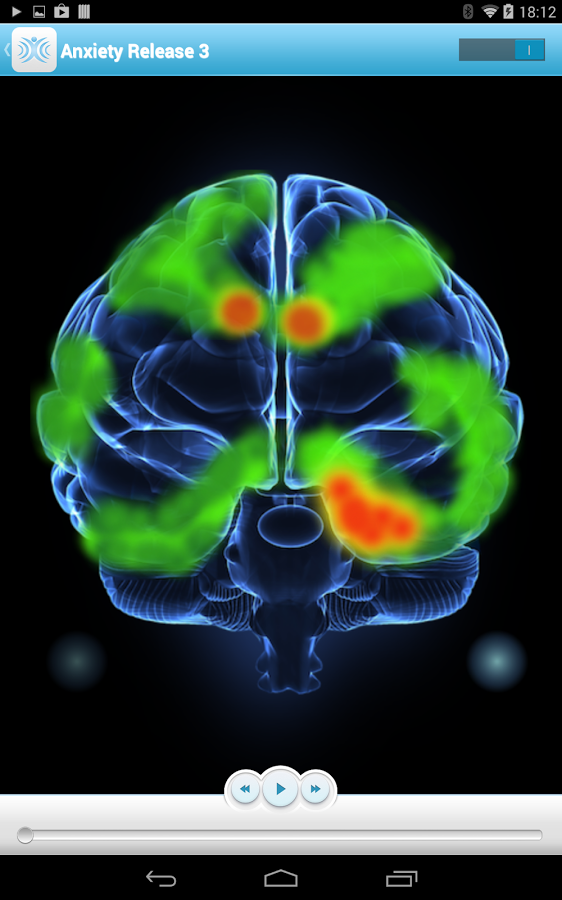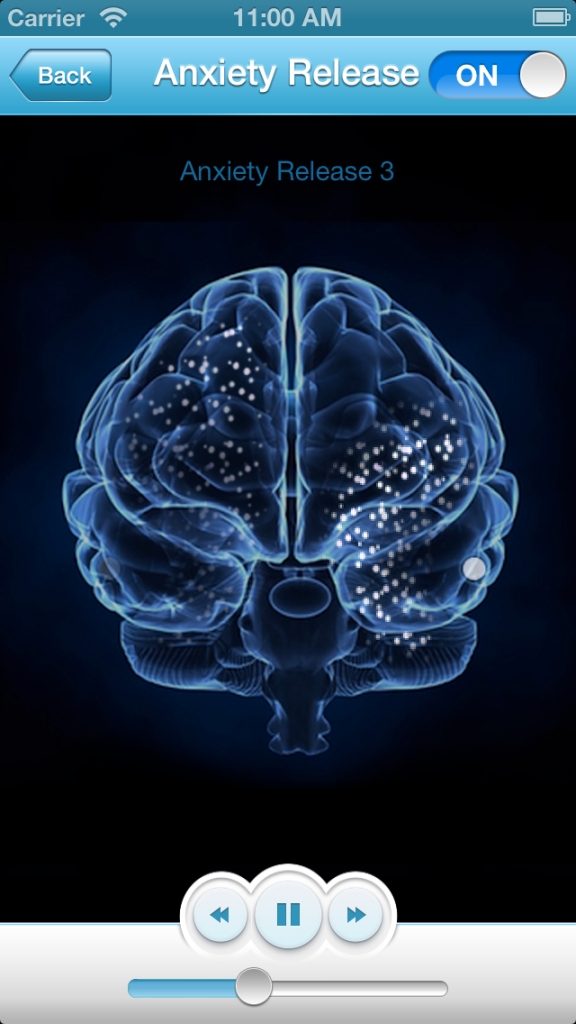Welcome to the Health Game. Joining me is Mark Grant, a psychologist with over 20 years’ experience in the treatment of stress, trauma and anxiety. His app, which is now available on iTunes, helps anxiety sufferers gain immediate relief from the crippling effects of stress and anxiety that affects one in five people worldwide. Mark, how important is it for people to understand their anxiety and how the brain works?
It’s absolutely essential because if people don’t understand anxiety they tend to think that there’s something wrong with them and they feel awkward about it and afraid to seek help. Once you understand that the brain is causing the anxiety through biochemical imbalances or neural pathways, it puts a very different perspective on things and makes the person understand that there is something that they can do about it.
Is there a typical sufferer of anxiety?
Yes, the typical anxiety sufferer will be someone who tends to worry a lot about getting things right; they tend to be people-pleasers; they don’t really like too much change happening too quickly; many are perfectionistic sort of people; they’re twice as likely to be female as male; they’ve often suffered a fair bit of stress in their life up to their present; probably had a parent that had anxiety.
So how has brain science changed our understanding of anxiety?
In the last 30 or 40 years anxiety used to be thought of as a product of negative thinking and behaving and that people just catastrophised or had irrational thoughts. But since the understanding of the brain has increased as a result of new discoveries in brain science, we realise that in actual fact anxiety comes out of the emotional part of the brain, which is the deepest structure of the brain known as the limbic system, and that part of the brain is what generates the fight or flight response, which is really the key to anxiety. And this part of the brain is not easily change by thought or insight; it tends to respond best to sensory stimulation.
And that’s what bilateral stimulation is all about. Explain it a little bit, how does it work?
Bilateral stimulation is any left and right auditory or visual stimulation. It could be watching a hand moving backwards and forwards or it could be listening to tones. And when the brain detects bilateral stimulation an evolutionary mechanism kicks in, a very primitive evolutionary mechanism which is designed to help us survive. So if you’re feeling anxious or stressed and you are subject to bilateral stimulation, your brain’s gonna say “Forget about the anxiety of the stress, what is that sound that I’m picking up? Is it a sabre toothed tiger or is it just the wind in the grass?”
Okay. So do you think that bilateral stimulation could provide an answer, an ultimate answer for the treatment and cure of anxiety?
I do because it works with how the brain processes information and it’s working with the brain in a way that’s consistent with how we now know the brain processes information, rather than how we used to think the brain works. That is, it’s working with sensations and changing the way we think through stimulating the brain rather than the reverse, which is to try and change the way we feel by changing the way we think. That’s not really how the brain works.
So how have you transformed bilateral stimulation into an app that people can carry around with them and use them whenever they’re feeling anxious?
An app enables us to deliver sensory stimulation in a way that’s never been possible before. We can create an image on a screen and we can deliver auditory information which creates a powerful multi-sensorial amount of stimuli which when the person activates the app they’re experiencing that and there’s simply no room left in their brain for anxious thoughts or feeling, and they really start to feel calm almost without having to think about it. It’s amazing.
So anxiety is a condition where it affects people in various situations and unexpectedly too, I guess, so it is important for someone to have that application or have that treatment in their pocket and available at any time?
Exactly. For example, a young female student who’s been testing the app has a lot of anxiety about exams and assignments at school, and as soon as she’s got to do an exam or an assignment she just freezes up. She’s not unintelligent, but something in her paralyses herself with fear, and using the app she’s able to switch off those anxious thoughts and feelings, tone down the anxiety, and realise that yes, she can do it and get on with her life.
Great to chat Mark, thanks for your time. And to purchase the app just go to the iTunes store and search for “Anxiety Release” or you can check out Mark’s website which is full of great information, the address www.AnxietyRelease.com.au.
END OF RECORDING

